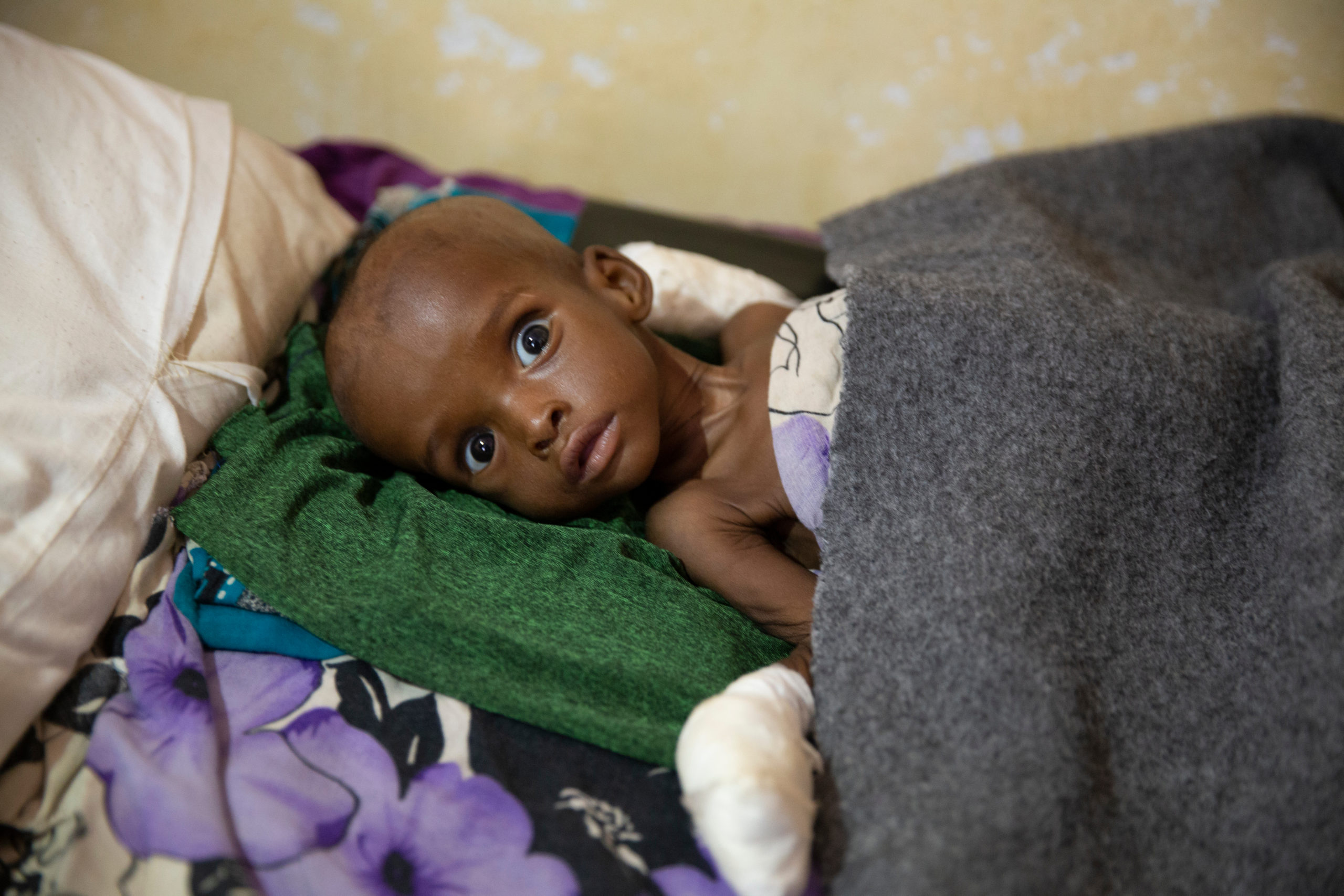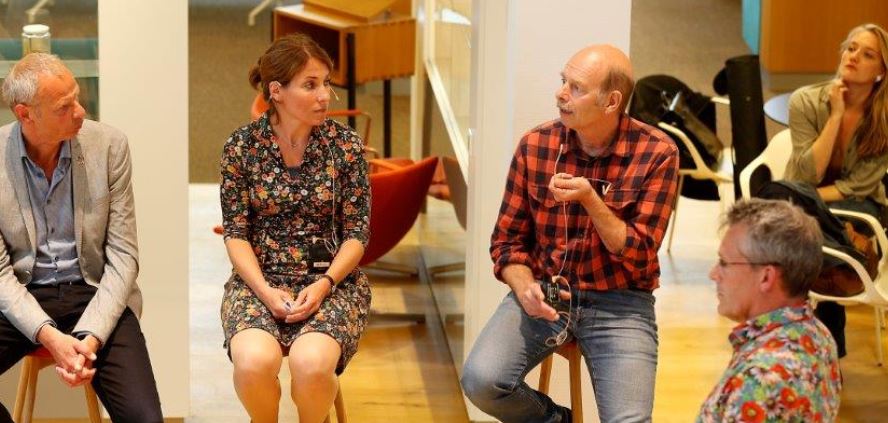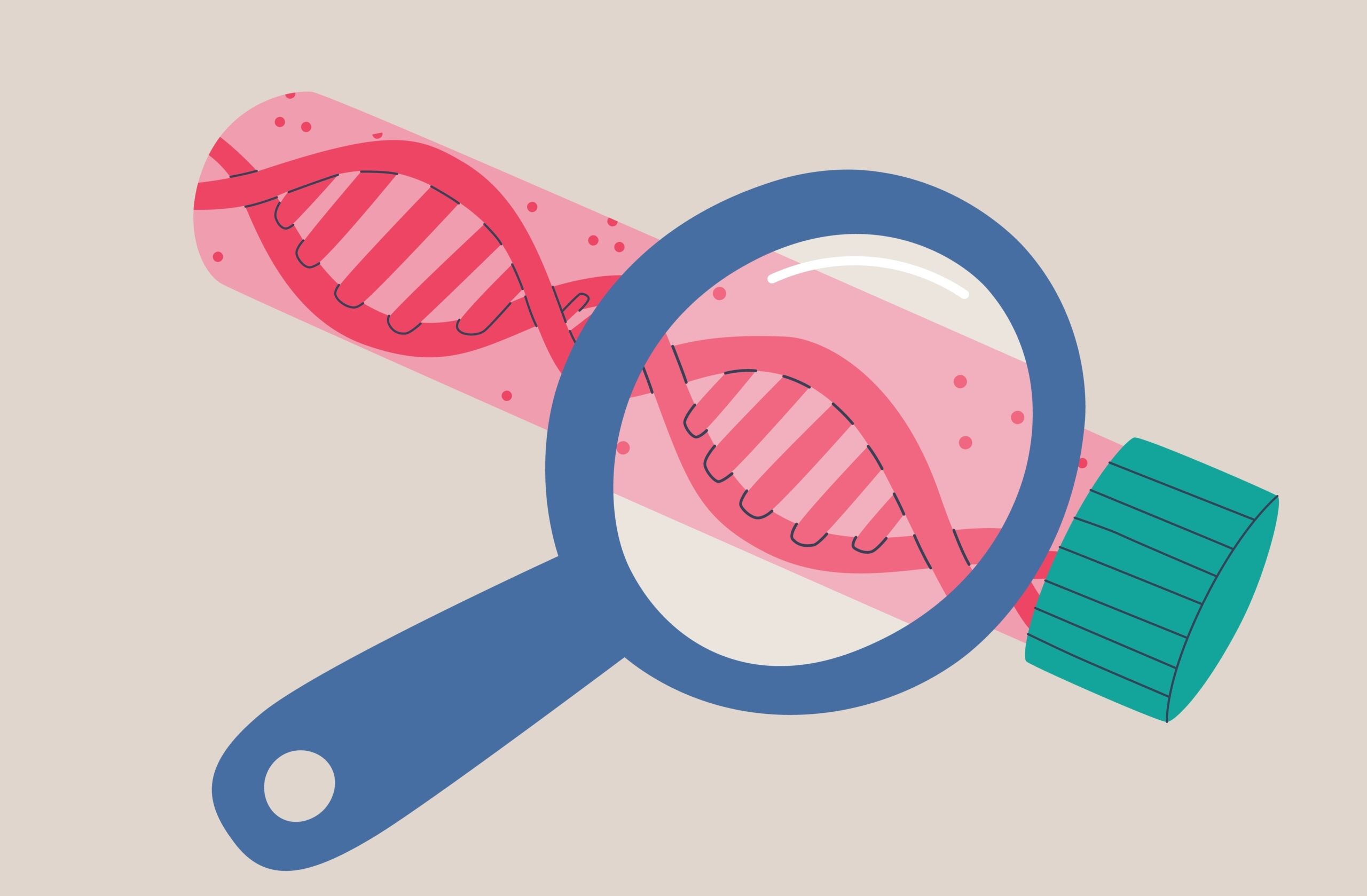At the opening of the academic year, Louise Fresco announced that WUR is going to make five CRISPR-Cas patents available free of charge to NGOs that seek to improve the world’s food supply. Master’s student Sophie van Wijk (Biotechnology, Communication) spotted a nice subject for her thesis: what will it take to make a success of this good intention? She shares her findings in Resource.
How will you solve world hunger by releasing CRISPR-Cas patents? You won’t, is the short answer. World hunger is not a technological problem, emphasizes one of the experts from the non-profit organizations (NGOs)* that I consulted for my thesis: it is a political problem. A non-technological problem like this is not necessarily solved with a technological solution such as gene editing. He does however see promising scope for improving food security by using the released patents to develop disease-resistant or climate-resistant crops.
But the road between the release of the patents and the moment that small-scale farmers can sow a disease-resistant maize variety is long and beset with uncertainties. These are the four most important ones I have identified after discussions with NGO experts, WUR actors and external experts in the field of patents:
Uncertainty 1: The scope of the released patents
What does it actually mean that WUR wants to release the CRISPR-Cas patents for non-commercial purposes? The instigators of this move do not appear to have defined this precisely in advance. It is by no means certain that small-scale farmers will be the main beneficiaries of the free WUR patents rather than the NGOs that develop a crop with them or commercial players such as seed distributors. One of the external advisors pointed out to me that there always has to be a commercialization stage at some point in the process to scale up enough to achieve the intended goal.
The NGO experts I interviewed also thought it wasn’t clear what the scope of the release of the CRISPR-Cas patents would be. Normally, a patent holder and the (future) licensee enter into a clear licensing agreement or contract. This WUR initiative lacks this kind of clarity. Are we talking about an agreement whereby the NGO does not have to pay for the patents, but may only use the technology for research purposes? Licence agreements like this already exist for CRISPR-Cas, for example at the Broad Institute. Or is it a licence agreement that gives an NGO total freedom to develop an end product without having to pay for the patents? The usefulness of the released patents depends largely on the answer to these questions. After all, the impact of research alone is much more limited than that of a ready-made end product such as seed.
Uncertainty 2: The small print
One of the NGO experts mentioned that there would almost certainly be conditions attached to the licence agreement with regard to the management of the product developed with the patents, the protection of WUR’s name (with respect to what is done with the product once it is commercialized, for example), and measures to prevent misuse. Depending on the precise details of these conditions, meeting them may be quite costly. Given the often limited budgets of NGOs working in the public sector, a licence agreement that is free of charge could still be beyond their financial reach.
Uncertainty 3: Legislation and regulations
Fresco mentioned low- and middle-income countries as the beneficiaries of the released patents. But many countries still have little or no legislation and regulations for genetically modified organisms. Such a legal framework has a big impact on the costs of developing genetically modified crops (GM crops) and therefore on the question of how feasible it is to start doing this in a country.
The interviewees also mentioned the influence of Europe as an economic bloc as an important factor in the development of GM crops. The European legislation on GM crops is extremely strict and focusses mainly on risk limitation. If other countries were to adopt this legislation, it would make developing GM crops a lot more expensive. And then there’s the role of export interests. A country could choose not to grow GM crops if they would be barred from exporting them to Europe.
Uncertainty 4: Acceptance of GM crops
Acceptance is a crucial factor. If farmers do not want to grow GM crops and consumers do not want to buy them, WUR’s mission will not succeed. Views on how to achieve acceptance differ among the interviewees. Some see it as primarily a matter of explaining clearly that GM crops are safe; others stress the importance of public participation, so stakeholders are involved from an early stage and their needs are addressed in product development.
The context
Bob Mulder, assistant professor of Strategic Communication, gave Van Wijk’s thesis an 8.5. ‘To have any real impact, a technology has to be applied. Sometimes scientists think – or hope – that once a technology has been developed, application will take care of itself: “Just release the patent and you’re done”. Fortunately, many Wageningen scientists, including students like Sophie, realize that the use of technology is down to people. Her thesis is a strong example of research into stakeholders’ perceptions of the opportunities and barriers involved in actually using CRISPR-Cas to increase food security’.

 Can giving away five CRISPR-Cas patents for free help solve the world food problem? The photo shows a child in Somalia, which is currently threatened by famine due to drought and other factors. Photo Amors photos / Shutterstock.com
Can giving away five CRISPR-Cas patents for free help solve the world food problem? The photo shows a child in Somalia, which is currently threatened by famine due to drought and other factors. Photo Amors photos / Shutterstock.com 

